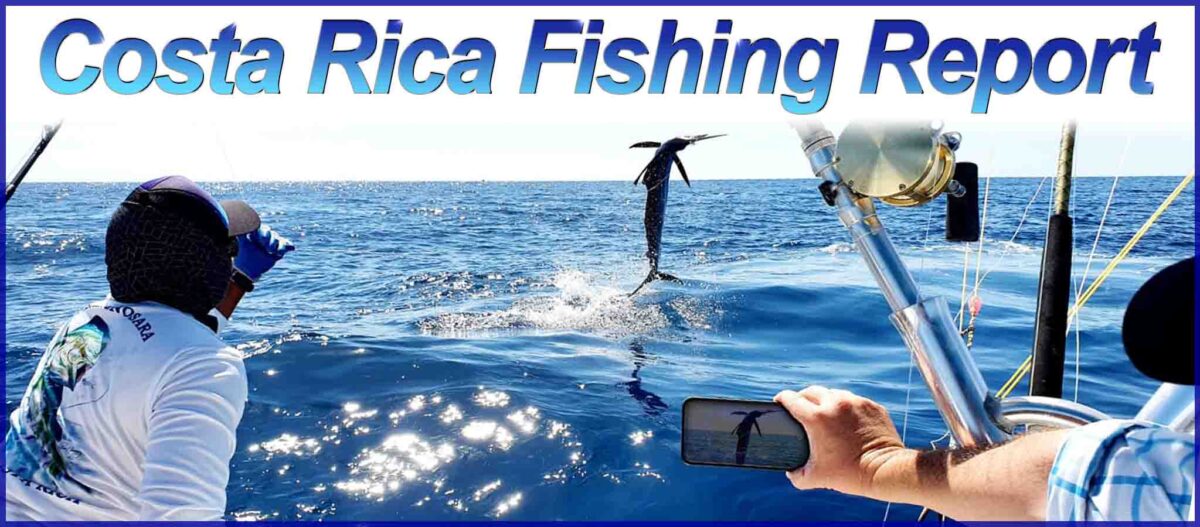Yellowfin Tuna occupy an interesting position in the marine food chain because they are one of the most plentiful species in the sea yet also are some of the most elusive. Fishermen value the yella fellas for their tasty meat and pelagic predators (Marlin, Sailfish, Sharks, etc.) love the Yellowfin’s protein-rich blood.
Like all tunas they have a short lifespan (less than five years) so their size is directly related to their food consumption, not their age. Yellowfin tunas has one principal difference from its cousins the Black tuna, White tuna, and the Rainbow Tunney: Speed. Many anglers will attest to the fact that a Yellowfin catch can not be taken for granted, even if the fish is hooked up right next to the boat…in an amarillo flash they will peel off a hundred yards of line in an instant and leave the beleaguered angler right back where they started.
To properly hunt and catch Yellowfin Tuna, you must understand where and how they eat. Yellowfins feed on sardines, blue runners, and other cigar-sized baitfish which travel the ocean in schools. When attacked, these baitfish bundle themselves into what is called a “bait ball”. This fishy sphere gets attacked from above by dive-bombing birds, from the sides by porpoises, and from below by Yellowfin tuna. Also, Marlin and Sailfish will dart through the bait ball taking their place at the table. The predators will continue until every last feeder fish is gone, then they will proceed to find another school of food.
These feeding frenzies are easy to find at sea; look for the bubbling water and the splashing birds, then set your boat to orbit the outer edge of the bait ball. From this vantage point your selection of tackle becomes paramount; to ensure a great Yellowfin catch you need to present a tackle spread that is tailored to their appetite.
To catch small to regular-sized Yellowfins, try trolling a spinning spoon rig at 4-7 knots. The elliptical shape and repetitive silver flash closely mimics the action of a member of the bait school; in a full-on feeding frenzy a spoon is a must-have. I like to leave it in the water even when I have a fish on as it is a great way to stimulate a double hook-up.
The big Yellowfins are more sophisticated hunters, and are more likely to hit on a wounded fish that has strayed from the bait ball. The best way to imitate this meal is to use the trusty old Cedar plug. In the modern world of fluorescent teflon lures with holographic stickers and spinning rattles, an egg-shaped hunk of bare wood doesn’t seem like useful fishing tackle. However when that overgrown splinter is trolled at 9 knots off of a long shotgun line (minimum 200 ft.), it begins to tumble and create an irresistible wake pattern that spells out “wounded bait” to large Yellowfin tunas.
If trolling isn’t your prerogative, Yellowfin can be sight-fished with the right tackle. A large topwater plug is definitely the lure of choice because they are the perfect combination of long casting distance, large splashdown pattern, and realistic swimming motion. I like to keep the boat ahead of the slow-moving bait ball by about 100 meters and then drift and let the school come to me. I have spoken to other Captains who prefer to move parallel to the bait ball and cast with a broadside approach. Both tactics are effective to sight-fish the yella fellas.
In closing, Yellowfin tuna can provide equally great action for charter fishing groups looking for a strike-filled day and sustenance anglers looking for a good meal. They are tough fighters but not so mean that they break fishing tackle. Best of all their role in the food chain makes Yellowfin sportfishing relatively low-impact on the fishery.
Final note: Keep a bottle of soy sauce and wasabi on board your vessel along with a cutting board. Fresh sushi is a great treat to celebrate your catch, plus it is always a good idea to eat lots of protein when out on a boat in the elements.
